|
Last week, Scott from Ghosh Yoga talked with the Yogi Tones Podcast about personal practice, teaching, injuries, staying curious and many other things. Listen here.
0 Comments
The fifth of the 6 abdominal engagements is side bending, when the muscles on one side of the body - let's say the right, as pictured above - contract while the muscles on the left side relax and lengthen.
This is the most unnatural of the movements of the spine. We almost never do it in nature, and we don't have a lot of musculature or nervous system precedent for it. So it is easy to resort to full contraction of both sides or full relaxation in this position. The most common mistake in this position is to try to "lengthen" the side that is being compressed (the right side in the above picture). Any attempt to lengthen this side will reduce its engagement and compression while contracting the other side that should be relaxing. Reaching the arms overhead makes this position more difficult as it raises the center of gravity and essentially puts more weight on the spine as it bends. You can do this posture with your arms down or hands together in front of your chest and get the same benefit. Focus intently on engaging one side while relaxing the other. This engagement encompasses only the Half Moon Sidebend, pictured above. Sadly there aren't other postures in the Ghosh lineage that side-bend. Often the first several postures of yoga practice are done standing. We exercise the body gradually, beginning with simple movements in the big muscles and joints, eventually moving to deeper and more complex positions.
As you move through the different positions, realize that every day will be different. Our bodies and minds respond differently depending on the time of day, the temperature, our state of mind, our energy level, etc. Always strive to move gently and fluidly; focus on maintaining ease in the body, breath and mind. Don’t strive for depth or intensity. Simply move the body with control. In each posture, come to a place where you can be still. Focus your mind on the calmness of your breath. You may feel stretching in an area where you are tight, and you may feel burning or exhaustion in an area where you are weak. In either case, find a place where your ability to relax is equal to your effort. This is important. You will increase in flexibility and strength, but even better, you will cultivate calmness, patience and perseverance. Excerpt from the Beginning Ghosh Yoga Practice Manual. By now, it should be no surprise that Bishnu Ghosh was a weightlifter. He was largely influenced by Eugene Sandow, considered to be the father of modern bodybuilding. We see much of Ghosh’s weightlifting influence not only by his emphasis of physicality in asana practice, but also in the terminology used by his students. This is most notable in the use of the ever debatable term “lock the knee” and the constant focus on muscle contraction and relaxation.
Bishnu wrote in this 1930 publication Muscle Control and Barbell Exercise (co-written by Keshub Ch. Sen Gupta and available here), that he was quite thin in his youth. After studying weightlifting, he had the chance “to see Mr. Chit Tun controlling his huge and shapely muscles.” That was the beginning of Bishnu's interest in Chit Tun's teachings. Walter Chit Tun lived in Calcutta and was a leader of the physical culture movement. The influence he had on Bishnu and Sen Gupta was so pronounced that they even borrowed the title “Barbell Exercise” from Chit Tun’s book to use for their own publication. Chit Tun explained in his book that “quick movements will never develop and increase the muscles to any great extent” and “in order to obtain full contraction, the movements must be done in a slow, concentrative manner.” Later, in detailed instructions for what he called Exercise V (pictured above): “Pause for one or two seconds. Now rise slowly to original position breathing in at the same time." Sound familiar to any of you Utkatasana practitioners? Then: "When the knees are locked, contract the muscles of the thigh very strongly for two or three seconds.” Sen Gupta borrowed much of this for his collaborative book with Bishnu. He instructed, “come back again to the original position where you are to contract and then relax your thigh muscles. Breathe out when you sit down and breathe in when you stand up this will develop your thigh muscles.” And finally, “No. of times to be taken — 20 Twenty.” Bishnu explained in the muscle control section of their book, that “one should have big muscles before he starts controlling. Much has already been said about the development of muscles in the previous part” referring to the barbell exercises section. Then notably, before instructing individual muscle control techniques, he instructed: “Raise your body on your toes, thus contract your calf muscles. Next contract the thigh muscles and gluteus maximus…Now try to contract all these muscles simultaneously and wait for sometime in the contracted position and try to find out if there is any muscle left uncontracted.” While many yogis have either ditched the use of barbells or never taken to them in the first place, our practice is still deeply immersed in the development of muscle contraction and relaxation. This is an integral part of asana practice in the Ghosh lineage and should be embraced both for its historical roots and the positive effects it has on physical health. "I maintain that truth is a pathless land, and you cannot approach it by any path whatsoever, by any religion, by any sect.... Truth being limitless, unconditioned, unapproachable by any path whatsoever, cannot be organized; nor should any organization be formed to lead or to coerce people along any particular path. If you understand that, then you will understand how impossible it is to organize a belief. A belief is a purely personal matter, and you cannot and must not organize it. If you do, it becomes dead, crystallized; it becomes a creed, a sect, a religion, to be imposed on others. This is what everyone throughout the world is attempting to do. Truth is narrowed down and made a plaything for those who are weak, for those who are only momentarily discontented. Truth cannot be brought down, rather the individual must make the effort to ascend to it. You cannot bring the mountaintop to the valley. If you would attain to the mountaintop you must pass through the valley, climb the steps, unafraid of dangerous precipices. You must climb upwards to truth... I maintain that no organization can lead man to spirituality... The moment you follow someone you cease to follow truth... I am concerning myself with only one essential thing: to set man free."
- From a speech by Krishnamurthi, excerpted from Health, Healing, and Beyond by TKV Desikachar (emphasis added) The fourth of the 6 abdominal engagements is perhaps the most difficult, since it requires the somewhat unnatural action of using two opposing muscle groups. Most actions of the body require using one muscle (or group) while another muscle relaxes. This is how the joints move and therefore how most yoga postures are achieved.
When holding the spine straight and strong, we try to engage both sides of the body. This means that the back muscles are tight and also the abdominal muscles. The spine itself doesn't move or bend, so it looks like nothing is happening, but the effort involved is significant. Straight spine postures are harder to achieve than spinal bending postures like Rabbit or Cobra. When the spine bends, only one side of it activates while the other side relaxes, but the result is a more dramatic bend. So we end up in far more impressive and interesting-looking positions while exerting less effort - a fun little paradox. This type of muscular action encompasses (below from left to right) Balancing Stick, Triangle, Peacock, Headstand & Tiger. It is easy to "cheat" in Balancing Stick, Triangle, Headstand and Tiger, which is why these postures can become backbends or "swayback." The only posture that it is impossible to cheat in is Peacock, which is one of the reasons why this posture is so darn hard to do! Anytime we use the body, it helps to know how it works. What are the results of our actions in the skeleton, muscles, tissues, organs and nervous system? This is especially important if we want the physical practice to build our health and avoid injury.
A lot of therapeutic yoga also uses knowledge about digestion, organ function, blood pressure and chemistry of the body. These things don't technically qualify as anatomy but lie more in the functional sciences. Yogic practices of Pranayama (breath control) have a profound impact on the autonomic nervous system and the blood acidity, which in turn has diverse effects through the body and mind. Even Meditation is being illuminated by modern science, as we develop machines that take pictures of our brain function and how it is effected by various mental practices. So many results of the yoga exercises can be explained and clarified by modern science, making it easier to understand, easier to duplicate and a lot easier to teach to others. That is the phrase we put on our certificates. It is a reminder, a call to action and an expression of hope. We strive to be all of these things, even though they are difficult to achieve and even hard to define. That effort and rigor is what we hold dear, wanting to be thoughtful, considered and willing to change. As it says in the Gheranda Samhita, there is "no friend greater than knowledge, and no enemy greater than ego." (1:4)
HUMBLE This is perhaps the hardest goal to attain because it requires ever-changing self-awareness. It is easy for the ego to grow and blind us to our own arrogance. It can seem paradoxical, but the ego can derail us at any point along the journey. It is obvious that we need to be humble when we begin, but it is just as important as our skills and knowledge grow. DISCIPLINED Discipline is what makes the other values come to life. This is action, practice, research and persistent curiosity. Sometimes discipline takes on a sinister form, if we hold ourselves to practices or ideas that are leading us down the wrong path. In those difficult to recognize instances, our discipline must be subordinate to our humility and deeper purpose. WELL-INFORMED History and modern research both provide invaluable information. It is vitally important to know where we come from. What are the origins of yoga practices? How have they changed over time? Most importantly, how does that knowledge inform what, how and why we practice today? Even as we keep history in mind, new information and knowledge is developed and uncovered every day. We are remiss if we ignore it. Therefore we must be willing to adapt and evolve when new knowledge contradicts old beliefs. We don't do anything for the sake of "tradition." It is our belief that tradition informs us about the intentions and knowledge of our predecessors, but we cannot limit ourselves to their history, beliefs or knowledge. The third of the 6 abdominal engagements is relaxation of both the front and back of the body. This sounds really easy but takes a fair amount of awareness and control. We are used to relaxing one side while the other engages.
Relaxing all the muscles of the abdomen has three great functions: It allows the massage of the intestines by the diaphragm, it stimulates the parasympathetic nervous system and it can help release systemic tension in the muscles, especially of the low back. MASSAGING THE INTESTINES We don't think much about our intestines, even though they are the primary organ of our digestion. Their healthy function is essential to getting nutrition from the food we eat and expelling the waste. If either of these processes suffers, our health suffers. Most of the postures that we do with relaxed front and backside muscles are targeted directly at the intestinal function. The most obvious is Wind Removing Posture, where we breathe with the diaphragm to massage the intestines. PARASYMPATHETIC NERVOUS SYSTEM When the muscles of the abdomen relax, our "rest and digest" part of the nervous system is stimulated. This means that our stress is reduced, our digestion improves, our immune function increases and our mind calms down. It is easy to work too hard in these relaxation postures, negating the stimulation of the parasympathetic. Be sure to keep the abdomen relaxed and breathe deeply. LOW BACK TIGHTNESS A more specific benefit that can be had from these postures is the release of chronically-tight low back muscles. This relaxation is achieved through the breath. The deeper you breathe into the abdomen, the more the muscles of the belly and low back will release. This type of muscular action encompasses (from left to right) Shavasana (Corpse Pose), Wind Removing (one leg and both legs), and Half Tortoise. This is a small number of postures, so be sure to get the benefits when you do them! About 5 years ago, I saw photocopies of Buddha Bose's "Key To the Kingdom of Health Through Yoga, Vol. 1." I was struck by his muscular development and the absence of the deep, impressive contortion that is common in today's yoga competitions and demonstrations.
As we learn more about the history of yoga asana in the 20th century - how it evolved to incorporate a focus on physical health and fitness, acrobatics and contortion - we continue to question our purpose in practicing certain postures and the goals we pursue within them. Pictured above are four iterations of Dhanurasana (Bow Pose) from the Ghosh Lineage of yoga. Starting in the upper left, they proceed chronologically: Ghosh's first yoga student Buddha Bose (upper left); Ghosh's daughter Karuna in his own 1961 publication Yoga Cure (upper right); one of his greatest students, Dr. Gouri Shankar Mukerji (lower left); and his most famous student in the West, Bikram Choudhury (lower right). These four pictures cover the entirety of Bishnu Ghosh's career as a yoga instructor. We are struck by two things: their lack of "depth" according to the standards of today's practices, and their consistency through the decades. CONSISTENCY It's hard to ignore that these four pictures are almost identical in form and depth. What conclusion can we draw except that this is the ideal and fully-realized form of the posture according to Ghosh's teaching? LACK OF DEPTH Current practices of this posture encourage much deeper bending in the spine and deeper extension of the shoulders, even moving the shoulder (glenohumeral joint) into external rotation. Are the deeper versions of this posture better? Are they more beneficial? Is it possible we have lost the purpose of the posture in pursuit of deeper contortion? Updates: This post was updated in March 2019. The opening sentence was changed to say "5 years" instead of the original "3 years." |
AUTHORSScott & Ida are Yoga Acharyas (Masters of Yoga). They are scholars as well as practitioners of yogic postures, breath control and meditation. They are the head teachers of Ghosh Yoga.
POPULAR- The 113 Postures of Ghosh Yoga
- Make the Hamstrings Strong, Not Long - Understanding Chair Posture - Lock the Knee History - It Doesn't Matter If Your Head Is On Your Knee - Bow Pose (Dhanurasana) - 5 Reasons To Backbend - Origins of Standing Bow - The Traditional Yoga In Bikram's Class - What About the Women?! - Through Bishnu's Eyes - Why Teaching Is Not a Personal Practice Categories
All
Archives
May 2024
|


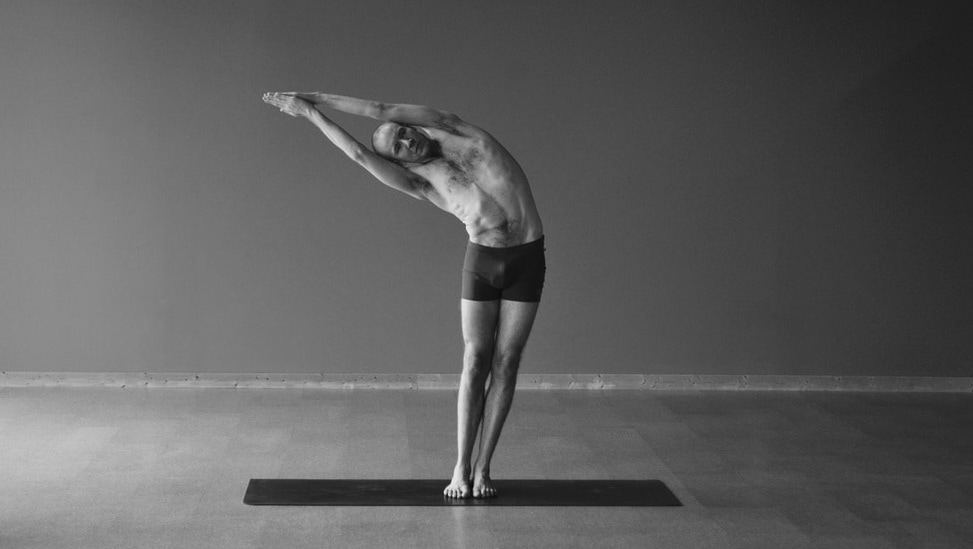
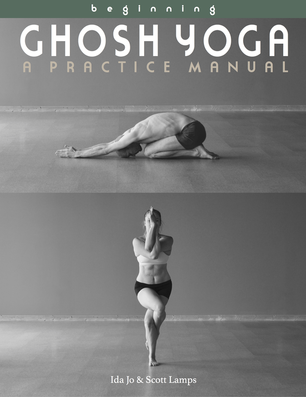
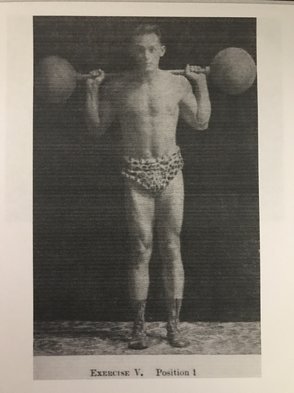
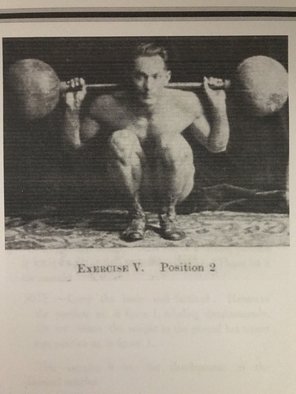
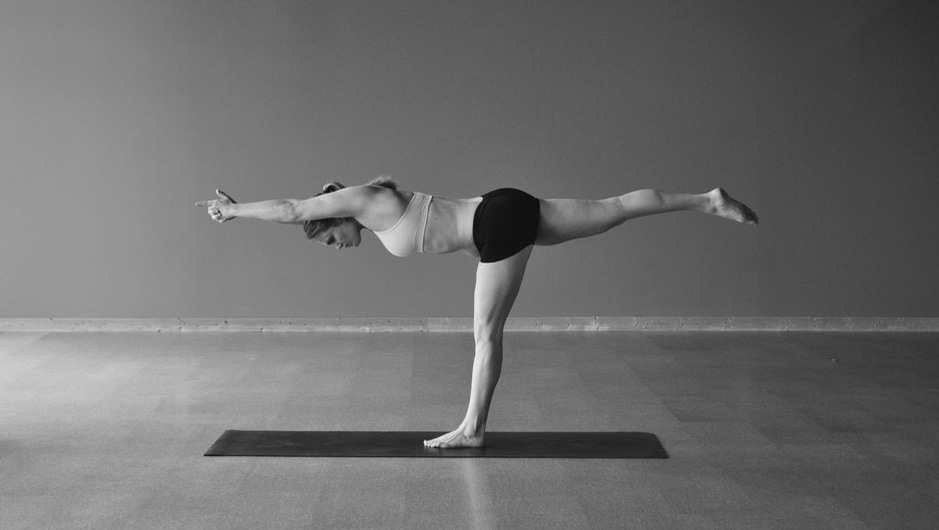
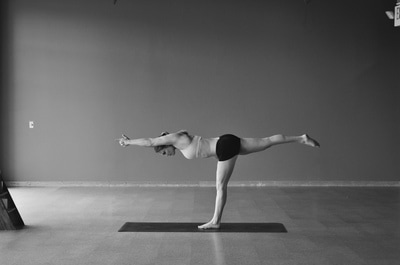
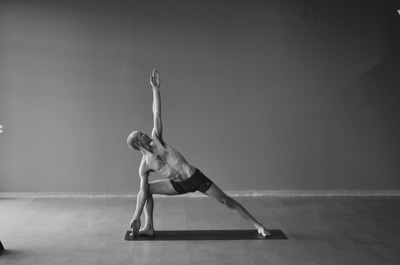
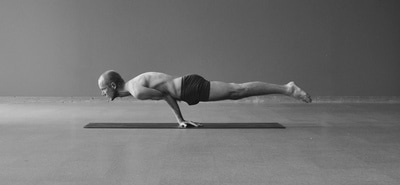
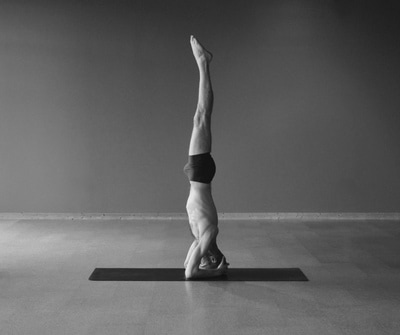
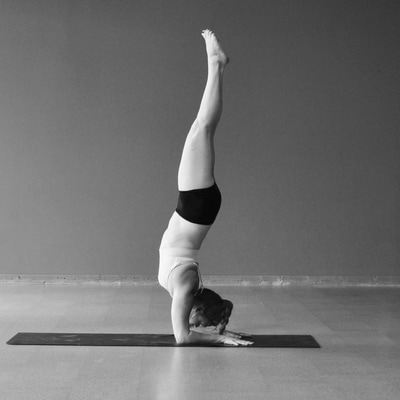
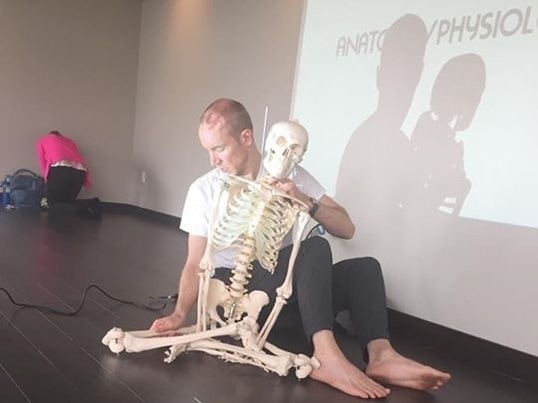

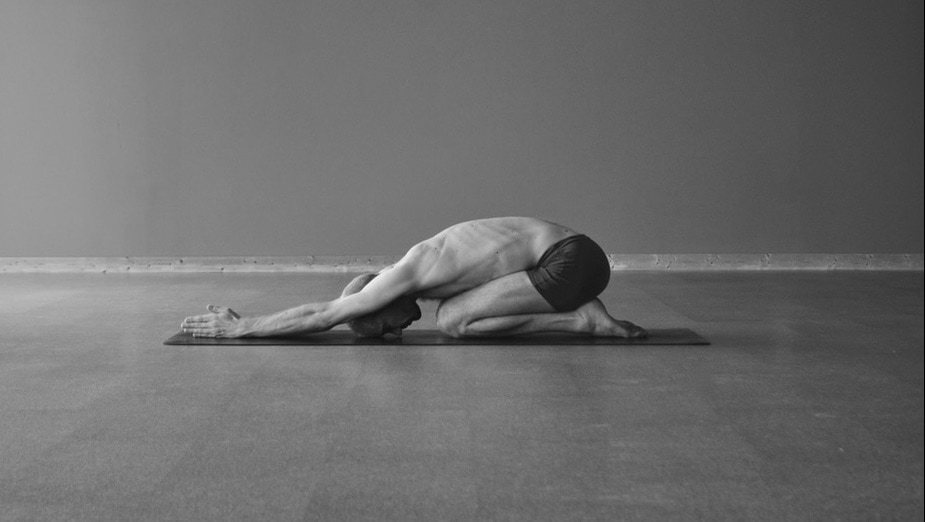
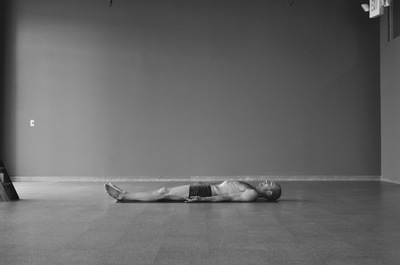
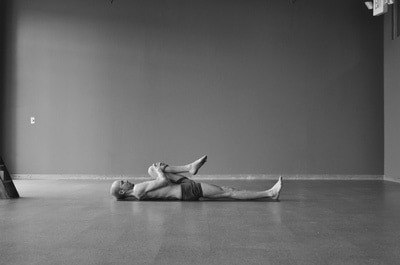
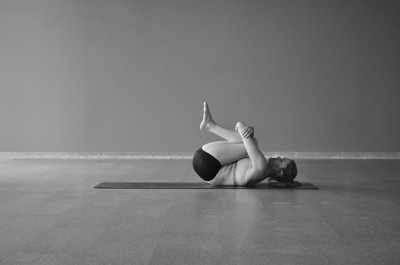
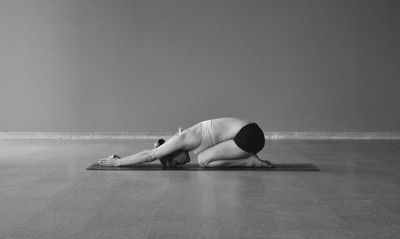
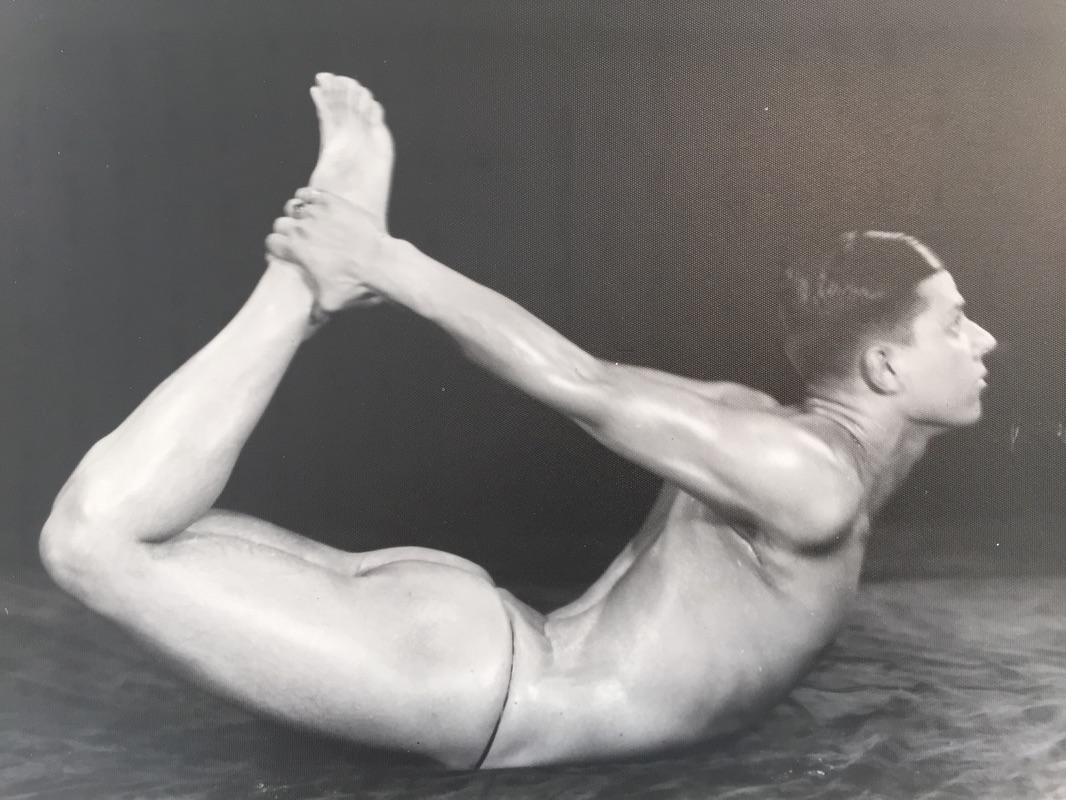
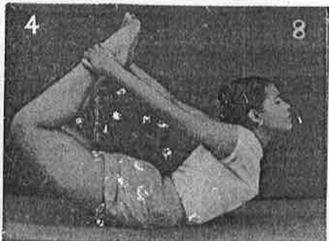
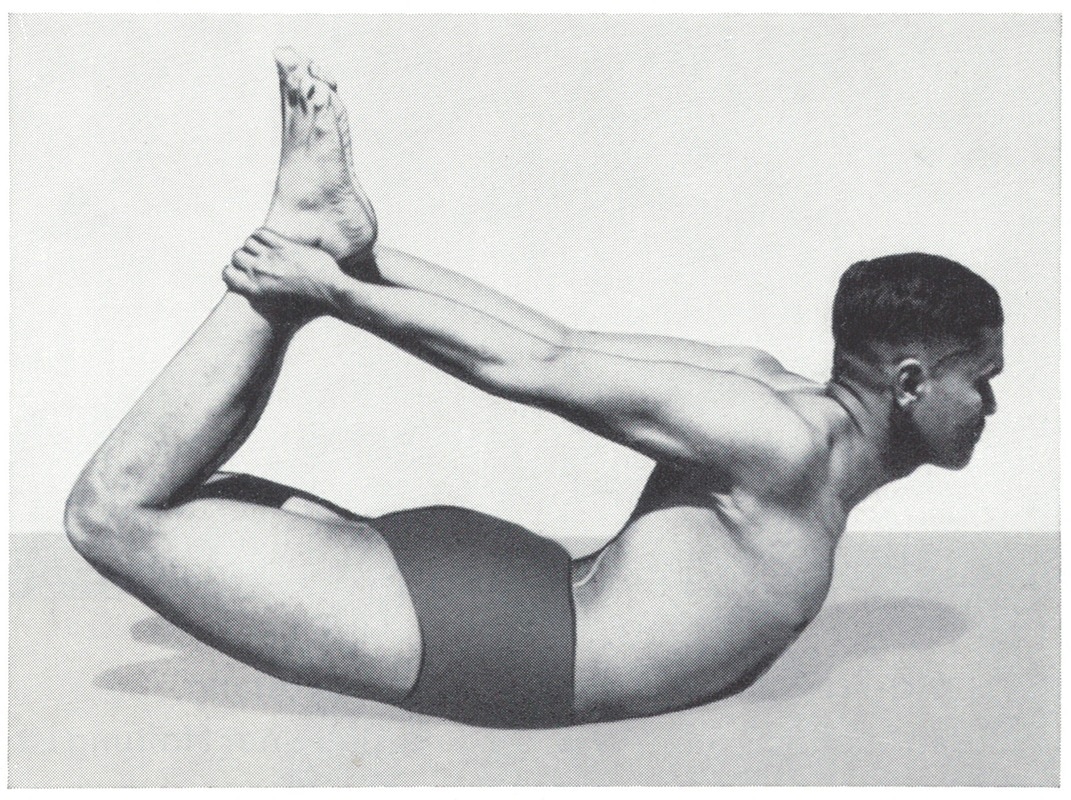
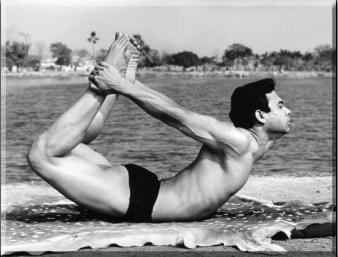





 RSS Feed
RSS Feed